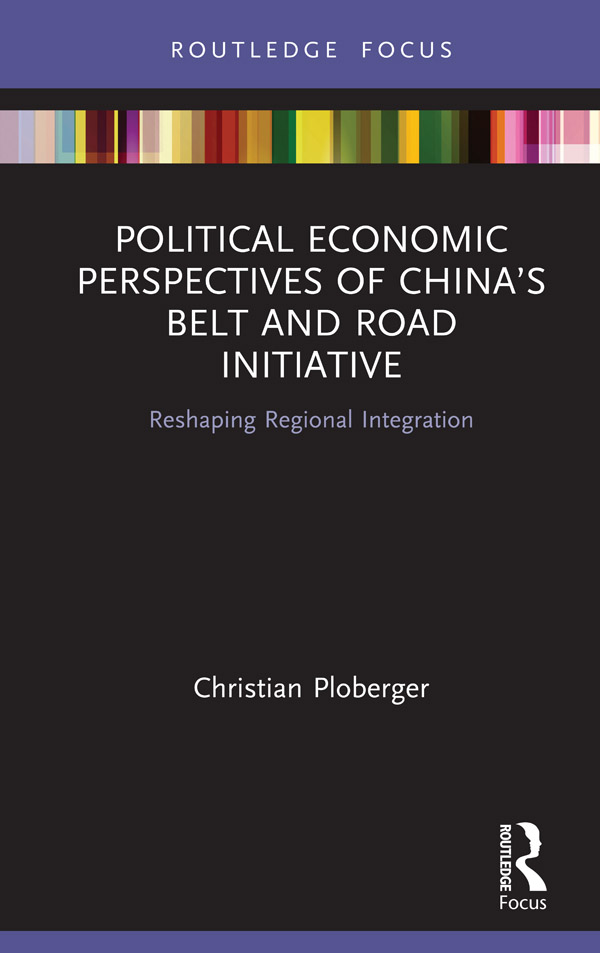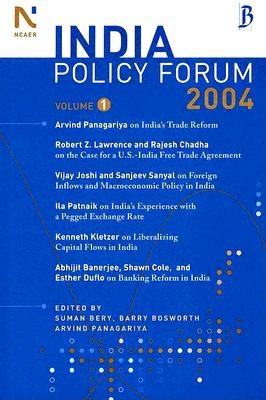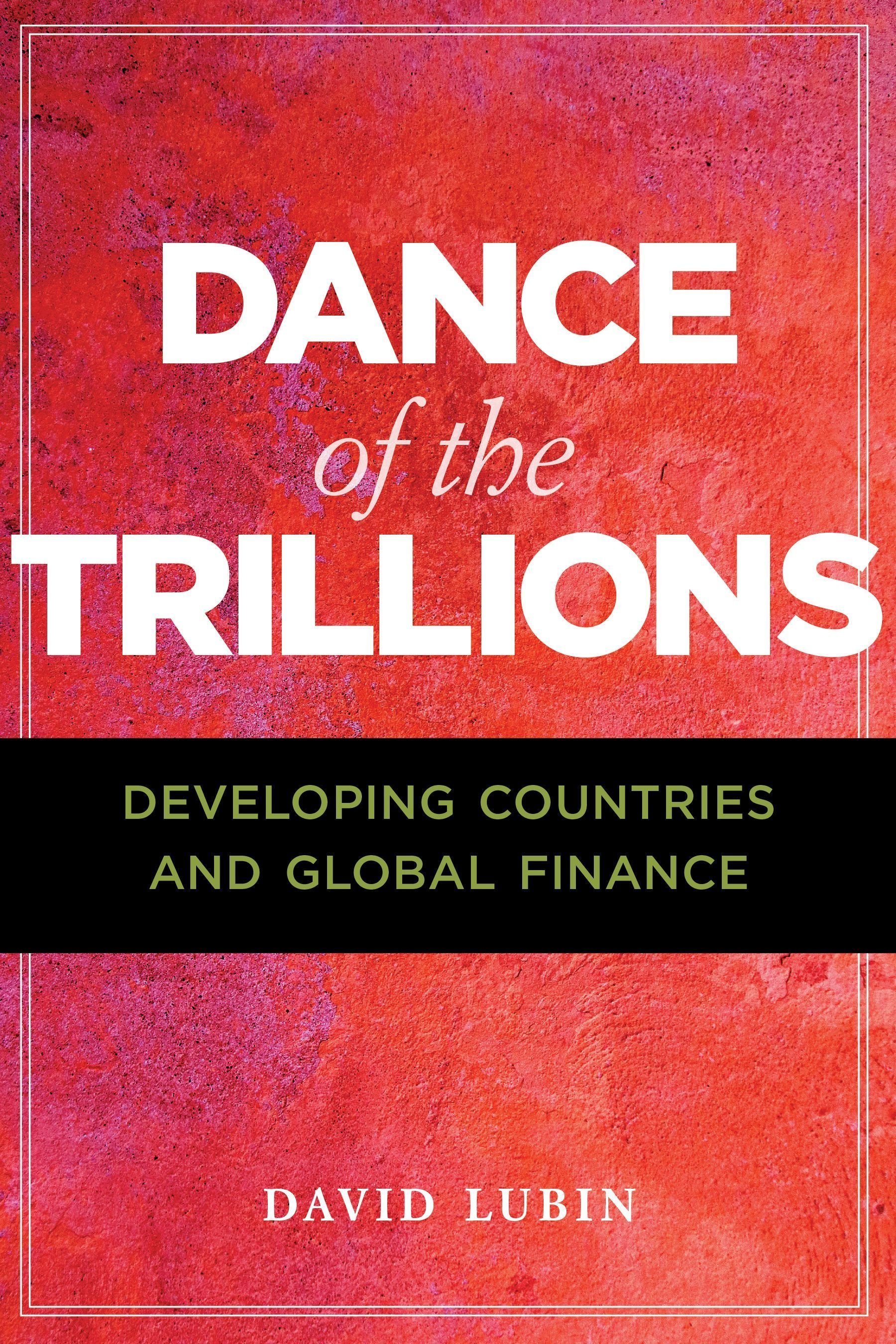The book begins with an overview on China’s Belt and Road Initiative, highlighting its complex character as a domestic and international development strategy, and offering an up-to-date evaluation of it. In response to this complexity, the book attempts to highlight the Belt and Road Initiative’s double character and how it will address primary domestic development challenges that the Chinese government is facing by adding an international focus to a domestic development strategy. This in turn supports the understanding of China’s political-economic policy and strategy formulation by reminding that supporting China’s domestic development is still the primary task of its government. Even as the domestic aspect of the Belt and Road Initiative is highlighted, its regional and international relevance cannot be ignored either. The Belt and Road Initiative will support a continuation of the persisting debate about the impact that China’s rise generates, and to what extent China can be characterised as a satisfied status quo power or a dissatisfied, revisionist power. In this context, the book draws attention to the various impacts that the Belt and Road Initiative generates in different regional settings. However, the book also identifies some of the limitations that China’s Belt and Road Initiative encounters, despite the seemingly convincing economic goals it offers, and explains why a few of the countries, like India, are resisting the lure.












